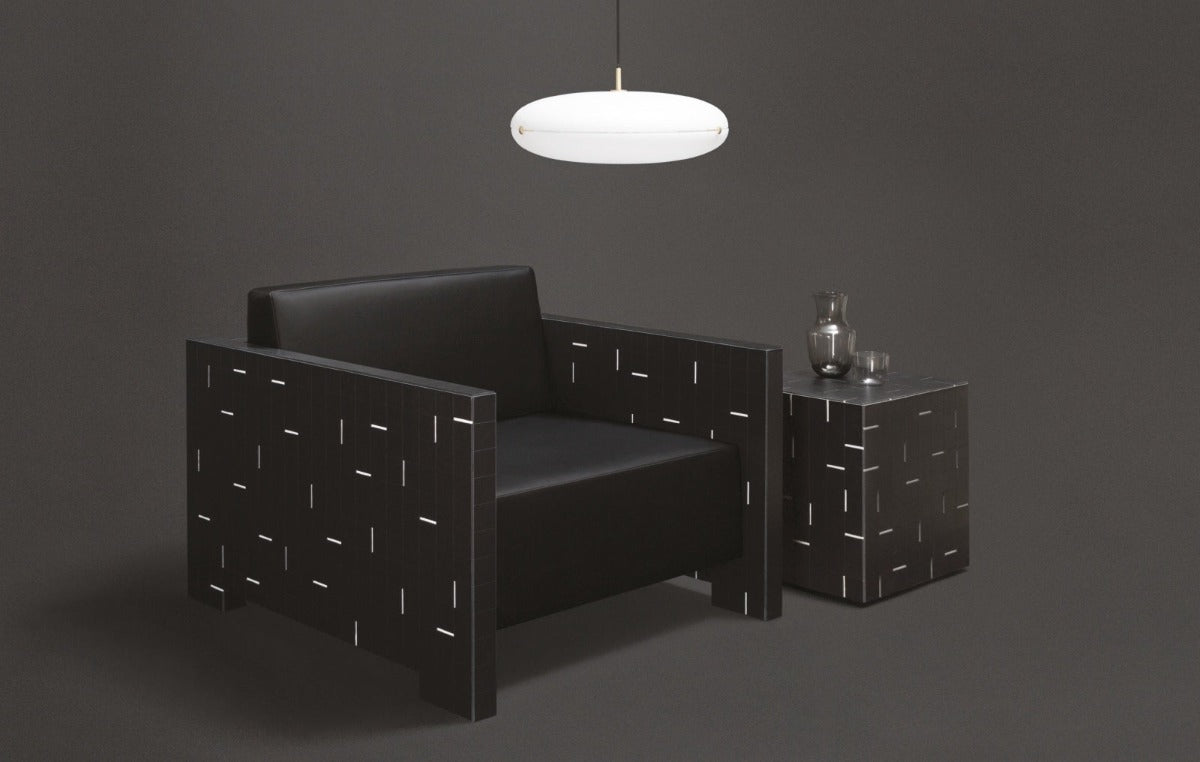
Angelo Mangiarotti: Master of Italian Design and Architecture
Angelo Mangiarotti was an important Italian architect, designer and urban planner whose work is characterized by an innovative approach to materials and forms. His designs combine functionality with aesthetic beauty and reflect his deep understanding of traditional crafts.
Education and early career
Angelo Mangiarotti was born in 1921 and died in 2012. He studied at the Technical University of Milan, where he became familiar with the principles of modern architecture. After completing his studies, he began working in several prestigious architectural offices, but soon became independent and began to devote himself to his own design. His early works show the influence of functionalism and modernism.
Design philosophy
Mangiarotti's design philosophy was based on the idea that design should be based on the needs of people and the environment. He believed in the power of materials and their ability to tell stories. His work often emphasized the interaction between objects and users, creating sensory and emotional connections.

Marble and natural materials
Mangiarotti had a special relationship with marble, which was reflected in many of his designs. For example, the tables, chairs and lamps he created often combine marble with other materials, creating harmonious and elegant pieces. Marble, as a natural material, allowed him to emphasize the beauty of texture and color, which is one of the characteristic features of his work.
His/hers
Among Mangiarotti's most important industrial design objects are the Lesbo and Saffo Murano lamps for Artemide, as well as the Giogali chandeliers for Vistosi. Other well-known products are the creations created for Agape, such as the Tre3 chair or the Cavalletti modular bookcase, the Quattrotto table, the stone or marble washbasins or the Eros and Eccentrico tables in Carrara marble.

These materials, along with glass and wood, were very dear to Mangiarotti, especially as his passion for sculpture grew stronger and stronger. A passion that was ignited by the designer's immense interest in the material and the methods he could work with it. Mangiarotti's silver vases and decanters from 1980 are part of the collection of the Museum of Modern Art in New York.
His architectural work included many industrial buildings, but also a number of railway stations. His other projects included offices and exhibition spaces and an exhibition center.

Legacy and influence
Angelo Mangiarotti was not only a great designer and architect, but also a teacher and mentor to many young artists and designers. His work influenced generations and his principles of timeless design are still relevant today. With his creativity and innovation, he left an unforgettable mark on the history of Italian design.
He had a vision of architecture as a practical, sober and functional art; industrial design, influenced by sculpture, was for Mangiarotti an expression of the craftsman's manual skill in working with materials, but never at the expense of function.








